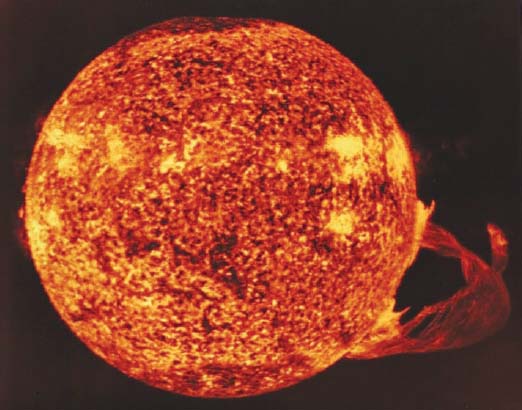

At 2:45 A.M. on March 13, 1989, the entire power-grid system for the Canadian province of Quebec failed, leaving millions of people without power on that cold night. In fact, many power-grid systems in the Northern Hemisphere malfunctioned that night, creating a nightmare situation for the engineers who maintained the systems. The cause was not a sudden overtaxing demand for power or a failure of aging equipment. Rather, the cause was an explosion that had occurred on the Sun’s surface three days earlier.
How can a solar explosion shut down a power-grid system?
The answer is in this chapter.
31-1 What Is Physics?
We have explored the basic physics of electric and magnetic fields and how energy can be stored in capacitors and inductors. We next turn to the associated applied physics, in which the energy stored in one location can be transferred to another location so that it can be put to use. For example, energy produced at a power plant can show up at your home to run a computer. The total worth of this applied physics is now so high that its estimation is almost impossible. Indeed, modern civilization would be impossible without this applied physics.
In most parts of the world, electrical energy is transferred not as a direct current but as a sinusoidally oscillating current ...
Get Fundamentals of Physics now with the O’Reilly learning platform.
O’Reilly members experience books, live events, courses curated by job role, and more from O’Reilly and nearly 200 top publishers.

